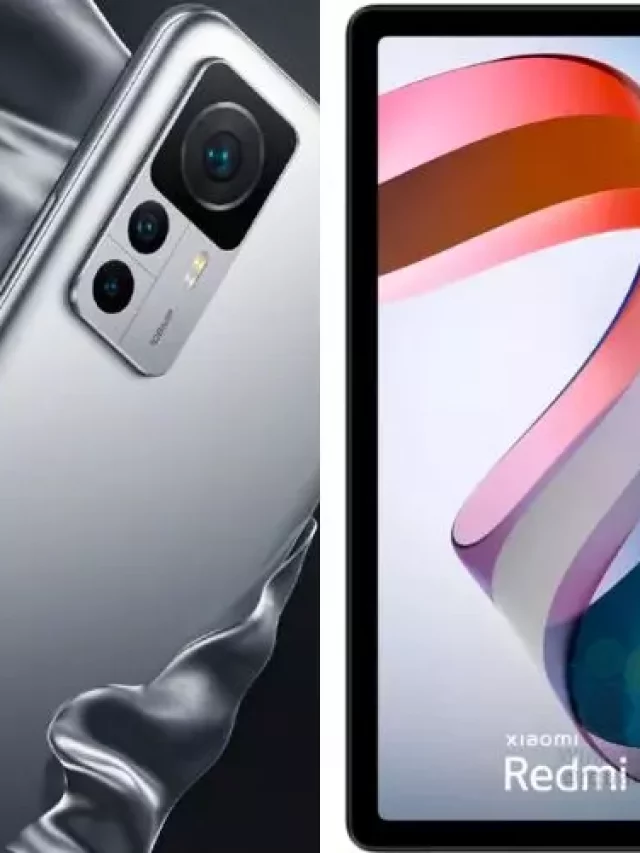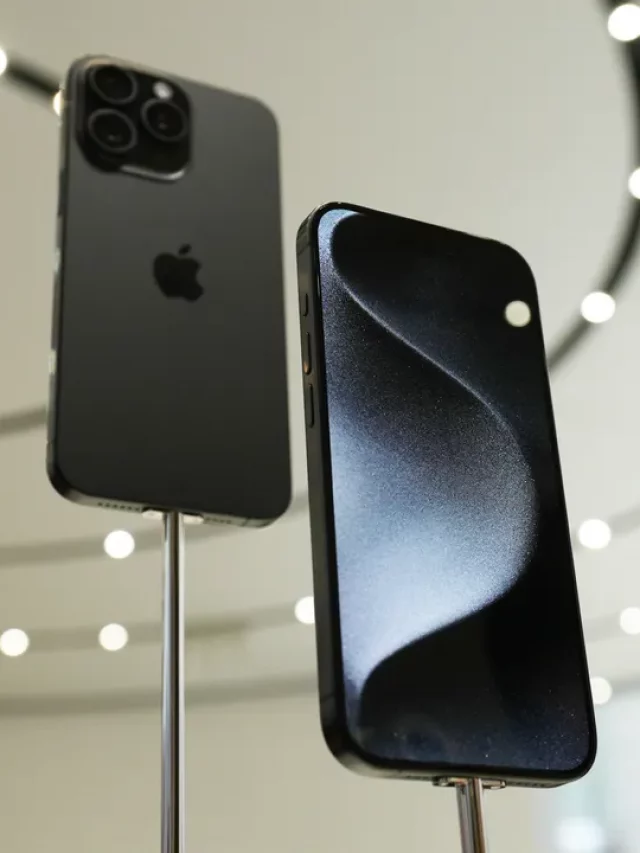Images are essential for communicating ideas, preserving moments, and enhancing the aesthetic appeal of a variety of tasks. However, not all picture formats are made equal. Scalable Vector Graphics (SVG) is a superior option in terms of both scalability and versatility. Users may easily convert JPG photos to SVG using Adobe Illustrator and other powerful tools using Adobe, opening them to a world of possibilities for design and web development. Your transformed SVG can be used for more than just artwork and infographics.
In this blog, learn about how to convert JPG to SVG using Adobe, how you can access it and when would you need to use it.
Convert JPG to SVG using Adobe
Adobe Express offers a free online tool to convert JPG to SVG (Scalable Vector Graphics) format. Let’s learn about its key features:
Easy Conversion Process
- Choose a JPG image from your photo library (make sure it’s less than 2GB in size).
- Upload the JPG image to the converter.
- The tool will automatically transform it into an SVG vector file.
- Your newly converted image can be downloaded as an SVG file.
- You can save it, share it, or continue editing it to suit your needs.
Web-Friendly Vector Format
- SVG stands for Scalable Vector Graphics which is a web-friendly vector file format.
- Unlike JPGs (which are raster files composed of pixels), SVGs always maintain their resolution, regardless of size.
- Use your converted SVG for logos, infographics, illustrations, and more.
Quick Action Tools
- Adobe Express provides Quick Action tools that allow you to make impressive edits on the go.
- Easily upload a JPG image directly from your device and convert it to SVG within seconds.
- Instantly download your new SVG file and use it in your projects.
Creative Freedom
- Unleash your creativity with Adobe Express’s photo editing capabilities and design tools.
- Remove backgrounds, apply filters, and add layers of text and graphics for dynamic designs.
- Explore expertly designed templates to kickstart your creative process.
Why use Adobe Illustrator to convert JPG to SVG?
Adobe’s online tool to convert JPG to SVG is a good option when you get to do such work temporarily. However, when you are working professionally as a graphic designer or content creator, you may need to convert a JPG into SVG numerous times. As the free tool comes with certain limitations, you can download Adobe Illustrator for easy use. Look what it offers:
-
Image Tracing
Adobe Illustrator offers robust image tracing functionality, allowing users to convert raster images, such as JPGs, to vector format. The image tracing process analyses the colours and shapes within the JPG image and creates a corresponding vector representation, resulting in an SVG file.
-
Adjustable Settings
Users have control over various parameters during the image tracing process, including the level of detail, colour complexity, and noise reduction. These adjustable settings enable users to tailor the conversion process to suit their specific needs and preferences.
-
Vector Editing Tools
Adobe Illustrator provides a comprehensive set of vector editing tools, empowering users to refine and customise the converted SVG artwork further. From adjusting anchor points to tweaking paths and shapes, users can fine-tune the vectorized image to achieve the desired result.
-
Preservation of Image Quality
Unlike raster images, which may lose quality when resized, SVG images maintain crispness and clarity regardless of scaling. Adobe’s conversion process preserves the integrity of the original JPG image, ensuring high-quality output in the resulting SVG file.
-
Compatibility with Web Standards
SVG is a web-friendly format that is supported by modern browsers and compatible with responsive web design principles. By converting JPG images to SVG, users can enhance web graphics’ performance, accessibility, and responsiveness.
Why do you need to convert JPG to SVG format?
Converting JPG (JPG) images to SVG (Scalable Vector Graphics) format serves several practical purposes:
Scalability and Resolution Independence
- SVGs are vector-based, meaning they use mathematical equations to define shapes and lines.
- Unlike JPGs, which are raster images composed of pixels, SVGs maintain their quality at any size.
- When you resize an SVG, it remains sharp and doesn’t pixelate.
Web and App Development
- SVGs are widely used in web design and development.
- They load quickly, making web pages more responsive.
- Icons, logos, and other graphics can be embedded as SVGs, ensuring consistent quality across devices.
Editing Flexibility
- JPGs are static images; once created, they can’t be easily modified.
- SVGs, on the other hand, allow for easy editing.
- You can manipulate individual elements (like paths, curves, and text) within an SVG using software like Adobe Illustrator or Inkscape.
Animation and Interactivity
- SVGs support animation and interactivity.
- You can create dynamic effects, transitions, and hover states directly within the SVG code.
- Ideal for interactive infographics, maps, and user interfaces.
Print and Design Projects
- SVGs are excellent for print materials.
- They maintain sharpness even when printed at high resolutions.
- Use them in brochures, posters, business cards, and more.
Accessibility
- SVGs are accessible to screen readers and assistive technologies.
- They allow for semantic labelling and alt text, enhancing web accessibility.
Whether you’re a designer, developer, or content creator, understanding these benefits helps you choose the right format for your specific needs.
How to convert JPG to SVG online using Adobe?
To convert JPG to SVG (Scalable Vector Graphics) format using Adobe Express, follow these simple steps:
1. Visit the Adobe Express Website
- Go to the Adobe Express JPG to the SVG converter page.
2. Upload Your JPG Image
- Choose a JPG image from your photo library.
- Ensure that the image is less than 2GB in size.
3. Conversion Process
- Upload your JPG image to the converter.
- The tool will automatically transform it into an SVG vector file.
- Your newly converted image can be downloaded as an SVG file.
4. Save, Share, or Edit
- Save the SVG file to your device.
- Share it with others.
- Continue editing it using software like Adobe Illustrator or Inkscape.
Explore Adobe’s website for more information.
How to use Adobe Illustrator to convert JPG to SVG?
If you’re using Adobe Illustrator, you can convert a JPG image to an SVG (Scalable Vector Graphics) format using the following steps:
1. Place the JPG Image
- Open your Illustrator document.
- Go to File > Place and select the JPG image you want to convert.
2. Select the Image
- Select the placed image by using the Selection tool.
3. Vectorize the Image
- In the Object panel, find the Vectorize option.
- Click on it to convert the raster image (JPG) to a vector image (SVG).
4. Fine-Tune with Vectorize Options
- With the image still selected, access the Properties panel on the taskbar.
- Explore the available Vectorize options to adjust the conversion settings as needed.
5. Save Your SVG
- Once satisfied, save the modified image as an SVG file.
- Choose File > Save As and select the SVG format.
Conclusion
Whether you want to design graphics for the web, create illustrations, optimise images for digital projects, or convert JPG to SVG format, all this is extremely easy to use and efficient with good image quality using Adobe. Unlock your creativity and start working on projects right away with professionally created templates, with photo editing and design tools at your disposal.
Check out Findwyse for interesting updates on such useful tools and features on the web.
FAQs


















